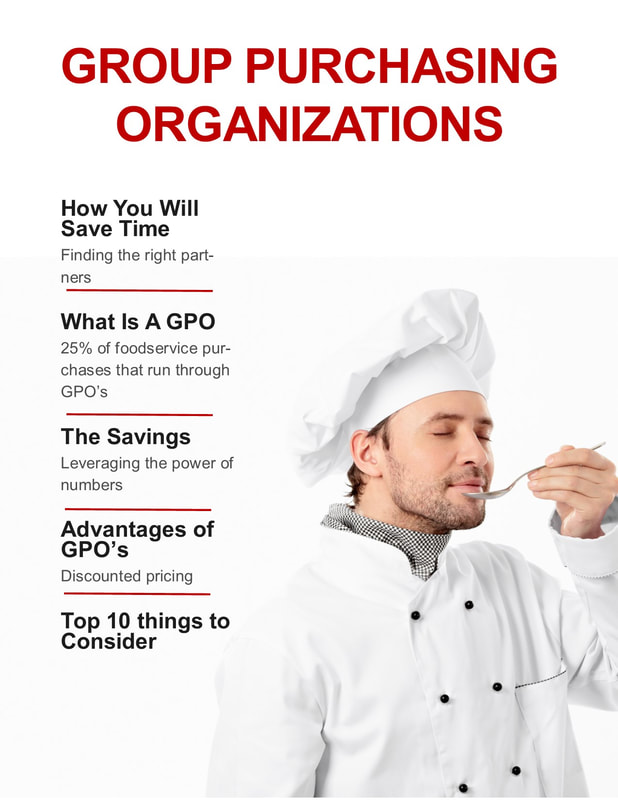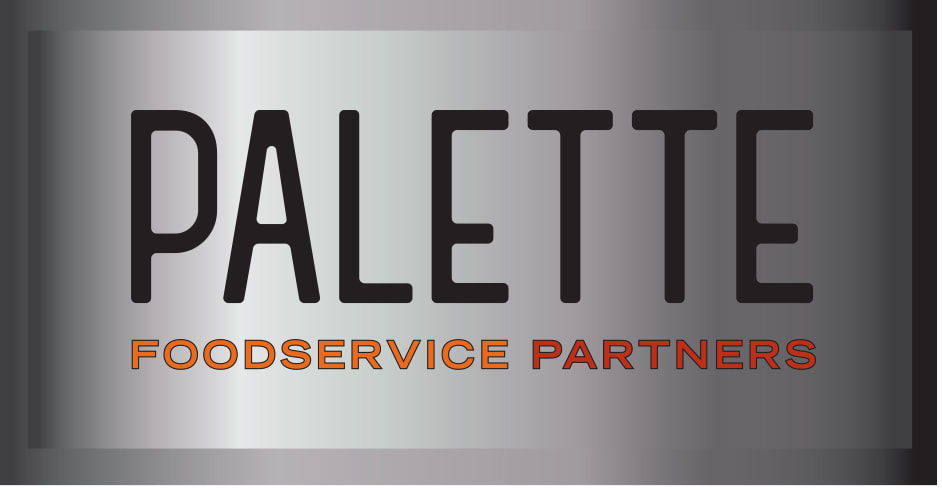|
Everyone needs to eat – but the experience of eating at a restaurant or enjoying restaurant food is something that will keep consumers coming back to your business, particularly if they have had to cook for themselves for several weeks on end. Recent Toast research found that 78 percent of Millennials would rather spend money on an experience such a restaurant or activity than on an item at a store. Whether guests are dining at your restaurant right now or opting for delivery, you can fine-tune the experience you offer. First, focus on making your brand come through effectively via delivery. Ensure your menu of delivery items travels well and represents the best of what you can offer off-premise – and take care to update it online, particularly if you have introduced new items recently. When you send out an order, help customers connect with your business – Deliverect suggests small acts like a handwritten note or a smiley face on a receipt can go a long way, or you can enclose a small photo of your team to introduce customers to the people who are working hard for them behind the scenes right now. Provide vouchers or other promotions to increase future deliveries and in-house orders. Think about how you can get people back to your restaurant once people are ready to dine out again: Stay in touch with other business owners in your community to plan potential events together, and keep your conversations with guests going on social media (share some photos too) so you’re front of mind for them when they are ready to dine out.
The restaurant industry is a community – and those community connections are providing a lifeline for businesses that need support right now. Beyond government stimulus programs, there are new resources coming about on an almost daily basis in an effort to help restaurants manage through the volatility of these months. One new resource to look to for information and basic moral support is the Coronavirus Facebook group, Coronavirus in the Food and Beverage Industry, for people working in the foodservice industry. The food and beverage market intelligence company Winsight formed the group, which had nearly 4,000 members as of this writing. At a time when it can be hard to keep track of quickly changing news and the formation of new groups aiming to provide industry support, the group is a good one-stop shop for information about topics ranging from COVID-19 news, to restaurant technology, to sources of aid for foodservice businesses. Recent posts included information on new restaurant relief funds, sources of interim employment and discussion on how businesses can maximize the Paycheck Protection Program in the Coronavirus Aid, Relief and Economic Security (CARES) Act.
As the coronavirus has spread and restaurants have had to transition to a takeout-only model, what are restaurants to do to protect themselves and the customers they serve – and to somehow keep business coming in? Despite the many tech advances that have swept the industry, restaurants – until very recently – have been social places where people are on the front lines. A recent Restaurant Business report, which includes advice from a law firm specializing in employment issues, advises clear communication with employees in several areas: share your plan with them (and make sure it covers employee concerns such as your sick leave policy and your plan of operation during school closures) and provide training to ensure everyone knows what procedures to follow if they develop symptoms of COVID-19 or are diagnosed with it. Day to day, increase your efforts to sanitize door handles and kitchen and bathroom surfaces more often. Some operators are placing hand sanitizer at their building entrances, as well as outside the restroom and at stations in the back of the house. And while delivery was once considered a nice-to-have service, it’s now critical. Even if you don’t currently offer mobile ordering tech, now is the time to adjust your menu and offer a simple takeout menu that can be picked up outside of your establishment or dropped off outside a customer’s door for contactless delivery. Right now food delivery is considered a public service for people who are elderly, vulnerable and isolated, so promote on social media and to neighborhood news groups that you are open and ready to help, and provide your menu and contact information. Finally, encourage people to pick up the phone and call you – it’s old-fashioned but people are missing the social connections that restaurants have long been able to provide. You can provide a valuable way for people maintain those community ties as the industry pulls through this time of uncertainty.
In these shaky times for the restaurant sector, many operators are facing steeply lower guest counts and cancelled catering orders as the spread of the coronavirus – as well as fear about its spread – continues to grow. In light of that, there may be some actions you can take to ease the concerns of guests and keep business coming in over the next couple of months. First, these are times when your email list may prove its worth. Contact your customers and share what you have done in recent weeks to help ensure your restaurant is a safe place to dine – talk about your efforts to enhance your standard cleaning and sanitizing procedures, as well as more recent steps you may have taken, such as replacing your buffet with an à la carte menu, monitoring employee health more vigilantly, increasing the distance between tables or limiting seating. Promote your delivery and the precautions you are taking with it – from packaging food more securely or accommodating no-contact food drop-offs. Share similar messages on your website, voicemail system and social media. This is a time when people are becoming more community-minded and are making a concerted effort to look out for people who are at risk – if you have stories about how your employees are helping people in need right now, share them. Finally, look to other income streams – if you sell merchandise such as packaged food products or gift cards, market those items now and partner with other organizations that might cross-promote them with their own products. You can believe that once fears over the virus have subsided, people will be eager to get out of their houses and gather with friends over food and drinks. Plan now to be part of the comeback.
Do you have a thorough crisis management plan? How much confidence do you have in it? At a time when a single bad experience at a restaurant can spread online overnight, having a step-by-step guide in place can help you respond better in the moment, keep the issue out of the public eye and get back on track more quickly whether you face a severe crisis like a hurricane causing flood damage or a small one like a scathing review on TripAdvisor. To help, first gather input from your team at all levels so you have a handle on the range of scenarios you might face, what actions would be required to resolve them and which stakeholders are likely to be impacted. Draft some simple, clear talking points that can be adapted to each scenario and present you as both in control of the situation and interested in doing all you can to improve it and keep stakeholders informed. Develop a communication grid that includes those key points, the person responsible for delivering the message, and the ideal communication channel for the message. For larger crises that are likely going to end up gathering momentum online, consider proactively reaching out to someone you trust in the media and providing an interview. After the fact, assess what went well with your crisis management effort and what could have been improved so you can update your plan with new risks, stakeholders or talking points to keep in mind. View some additional crisis management plan guidelines and find sample templates here.
|
Subscribe to our newsletterArchives
April 2024
Categories
All
|









 RSS Feed
RSS Feed